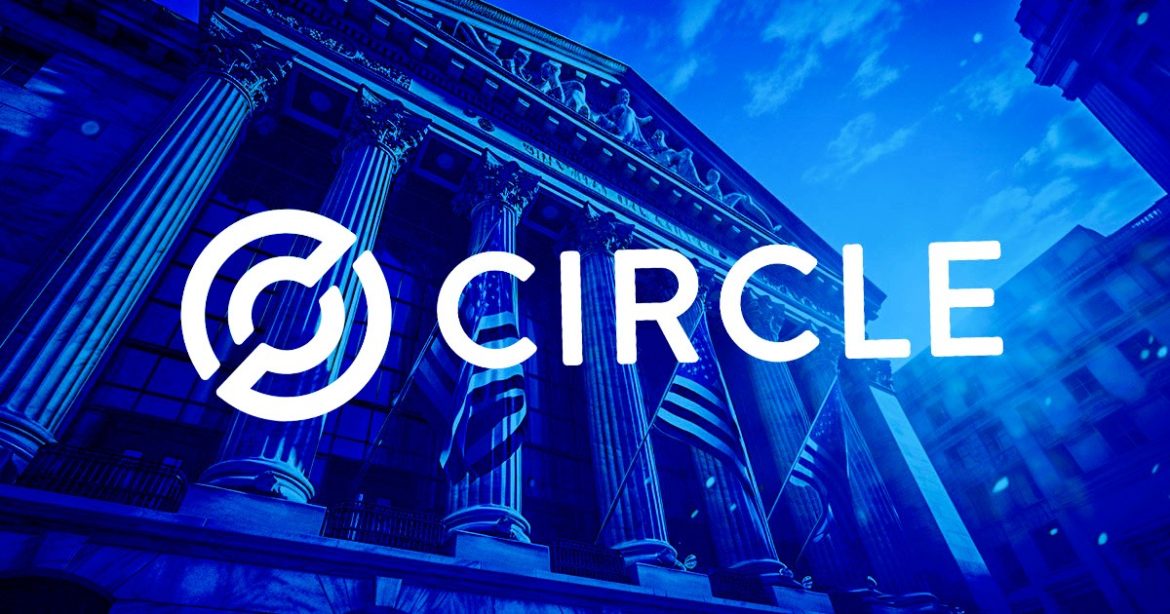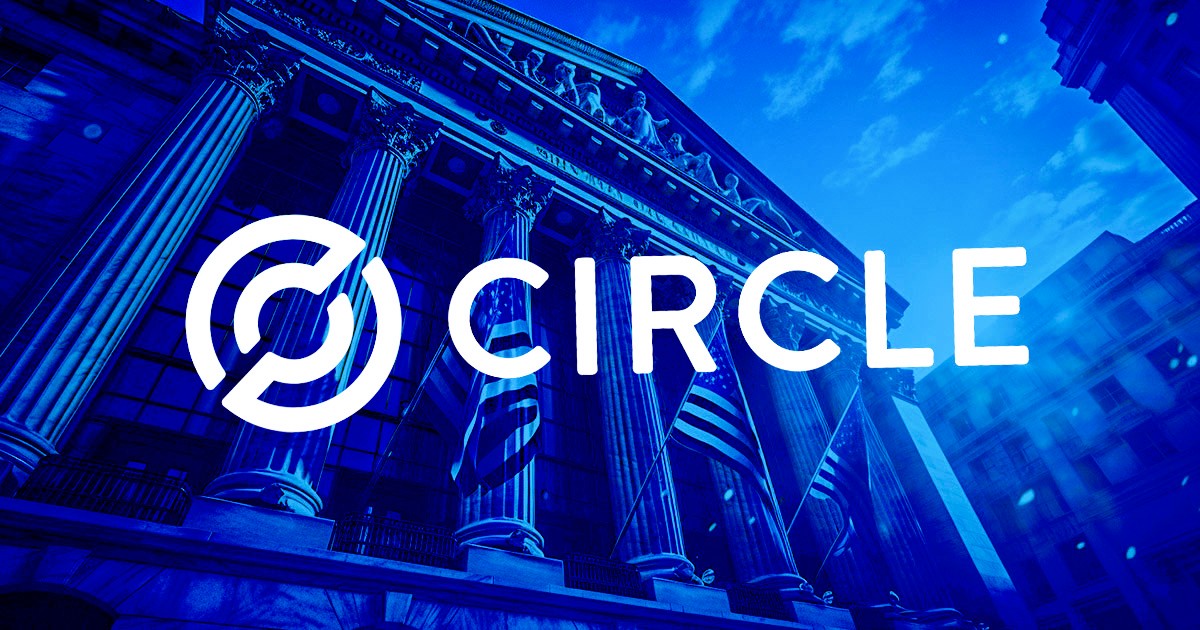The recent announcement by Circle Internet Financial, the issuer of the widely adopted stablecoin USDC, that it has applied for a U.S. national trust bank license marks a pivotal moment in the intersection of digital assets and traditional finance. This strategic move is not merely a procedural step but a bold declaration of Circle’s ambition to bridge the gap between the crypto and banking worlds. The application, which follows Circle’s high-profile IPO that valued the company at nearly $18 billion, underscores the growing maturity and institutional acceptance of digital assets.
The Strategic Rationale Behind the Application
Circle’s decision to pursue a national trust bank license is driven by several key factors, each reflecting a broader trend in the financial industry. First and foremost, the move is aimed at enhancing custody and reserve management. By operating under a federally regulated trust bank framework, Circle can assume direct control over the custody of digital assets and reserves, thereby offering greater security, transparency, and trust to users and regulators. This is particularly significant given the increasing scrutiny on stablecoin reserves and the need for robust oversight.
Second, obtaining a national trust bank license provides Circle with regulatory leverage and credibility. A federal charter aligns Circle with existing financial regulations, facilitating partnerships with traditional banks, payment processors, and other financial institutions. This alignment could open doors to new opportunities, such as integrating USDC into various financial products and services, including loans, derivatives, and institutional custody. The license could also enhance Circle’s ability to navigate regulatory challenges, as it would operate within a well-defined legal framework.
Finally, the move is a strategic play to broaden market access. A national trust bank license could pave the way for USDC to be accepted in a wider array of financial products and services, further embedding stablecoins into the conventional financial ecosystem. This could accelerate the adoption of USDC by institutions and individuals alike, positioning it as a cornerstone of the digital asset landscape.
The Broader Implications for the Financial and Regulatory Landscape
Circle’s application is not just a company-specific development; it has broader implications for the financial and regulatory landscape. The move signals a growing acceptance of digital asset custody within the traditional banking framework. Historically, crypto firms have operated outside the traditional banking system, often facing regulatory uncertainty and skepticism. However, Circle’s application suggests that regulators are increasingly open to integrating digital assets into the mainstream financial infrastructure.
This shift is part of a broader trend where traditional financial institutions, regulators, and emerging crypto firms are converging on the idea that digital assets warrant similar treatment to fiat currencies and traditional securities. The acceptance of trust banks managing digital assets signals increased legitimacy and maturity for cryptocurrencies and stablecoins. It also sets a precedent for other crypto firms to pursue structured licenses, potentially leading to a more regulated and secure environment.
Moreover, the move could serve as a catalyst for industry-wide adoption. As one of the largest and most influential stablecoin issuers, Circle’s actions often set the tone for the broader market. If Circle successfully obtains a national trust bank license, it could inspire other stablecoin issuers and crypto firms to pursue similar pathways. This could lead to a more standardized and regulated stablecoin ecosystem, fostering greater trust and adoption among consumers, institutions, and governments.
Strategic Implications and Potential Risks
While the application presents exciting opportunities, it also introduces several strategic considerations and potential risks. One of the primary challenges is regulatory scrutiny and compliance. Operating as a trust bank entails adherence to stringent banking laws and oversight, which could impose operational limitations or increase costs. Circle will need to navigate a complex regulatory landscape, ensuring compliance with federal and state regulations while maintaining its innovative edge.
Another strategic consideration is market positioning and competition. Obtaining a national trust bank license could provide Circle with a competitive edge over other stablecoin issuers that remain outside traditional banking frameworks. However, it could also intensify rivalry with legacy banks venturing into digital assets. Traditional banks, such as U.S. Bank Trust National Association, are increasingly exploring crypto-related services, and Circle’s move could accelerate this trend. The competition could lead to a race for regulatory approvals and market share, shaping the future of the digital asset landscape.
Finally, there is the challenge of balancing innovation with regulation. Striking the right balance between innovative financial products and regulatory compliance remains complex. Over-regulation might stifle innovation, whereas under-regulation might expose consumers to risks and foster regulatory crackdowns. Circle will need to carefully navigate this balance to maintain its position as a leader in the stablecoin space.
The Impact on the Stablecoin Ecosystem
The implications for the USDC stablecoin are considerable. Regulatory backing can boost confidence among consumers, institutions, and governments, fostering wider adoption. Managing reserves directly within a bank structure might enhance the stability and security of USDC, reducing risks related to reserve management. This could make USDC an even more attractive option for institutional investors and financial institutions looking for stable and secure digital assets.
Moreover, the move could facilitate the growth of institutional use cases. Banks and financial institutions are more likely to integrate a product managed under a federal charter, enabling services like settlement, collateral, and cross-border payments. This could position USDC as a key player in the global financial system, bridging the gap between traditional finance and digital assets.
Challenges and Future Outlook
Despite the promising prospects, several hurdles remain. The approval process for a national trust bank license is complex and can be protracted, involving extensive scrutiny of business models, reserve management protocols, and compliance measures. Circle will need to demonstrate its ability to meet the stringent requirements of a federally regulated entity, which could take time and resources.
Additionally, transitioning from a technology-focused company to a fully regulated bank requires significant operational overhaul. Circle will need to hire compliance staff, establish governance structures, and update policies to align with banking regulations. This transition could be challenging, but it is also an opportunity to build a more robust and resilient organization.
Finally, the legal landscape in the U.S. is continually evolving, and future legislative changes could influence the viability or scope of such banking licenses. Circle will need to stay agile and adapt to regulatory shifts, ensuring that its business model remains compliant and competitive.
Broader Industry Trends and Comparisons
Circle’s move is part of a broader industry trend where crypto-native entities are seeking to integrate with the traditional banking system. Other companies, such as Coinbase, have shown interest in similar licensing pathways, and a handful, like Anchorage Digital, have already secured such charters. The fact that traditional banks are contemplating or pursuing crypto licenses indicates a broader industry shift toward mainstream acceptance and regulation.
This trend is not new. In 2015, New York State approved the first crypto trust company, setting a precedent for regulatory acceptance of crypto custody and banking. Since then, the regulatory environment has evolved, with more states and federal agencies recognizing the need for clear guidelines on digital asset custody and management.
Concluding Reflection: A Pioneering Step Toward Financial Integration
Circle’s move to obtain a national trust bank license encapsulates a bold stride toward integrating the innovative world of digital assets with the stability and legitimacy of the conventional banking system. It embodies a strategic vision that goes beyond mere token issuance, aiming instead at creating a comprehensive financial ecosystem capable of supporting digital currency at a national scale. Against the backdrop of a rapidly maturing market, regulatory acceptance, and rising institutional interest, this development signals a new chapter—one where stablecoins may propel us closer to a future where digital currencies coexist seamlessly with traditional finance.
This bold step fosters anticipation of broader industry shifts, inspiring other firms to consider similar pathways, thereby gradually reshaping the landscape of global finance. It underscores that the future of currencies, payments, and financial services is entwined with innovation, regulation, and strategic foresight—elements that Circle appears poised to harmonize in this pioneering venture.





